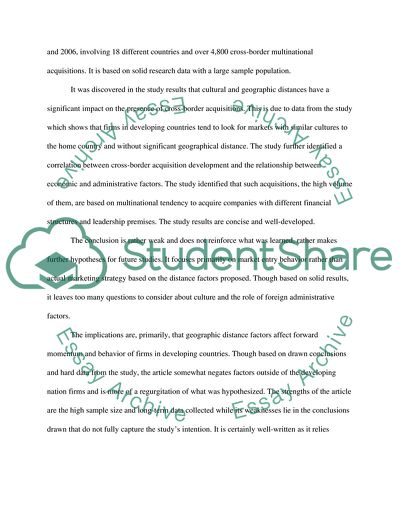Cite this document
(International Marketing - Distance Factors and Target Markets Assignment, n.d.)
International Marketing - Distance Factors and Target Markets Assignment. Retrieved from https://studentshare.org/marketing/1745007-summrize-5-articles-about-international-marketing
International Marketing - Distance Factors and Target Markets Assignment. Retrieved from https://studentshare.org/marketing/1745007-summrize-5-articles-about-international-marketing
(International Marketing - Distance Factors and Target Markets Assignment)
International Marketing - Distance Factors and Target Markets Assignment. https://studentshare.org/marketing/1745007-summrize-5-articles-about-international-marketing.
International Marketing - Distance Factors and Target Markets Assignment. https://studentshare.org/marketing/1745007-summrize-5-articles-about-international-marketing.
“International Marketing - Distance Factors and Target Markets Assignment”, n.d. https://studentshare.org/marketing/1745007-summrize-5-articles-about-international-marketing.


